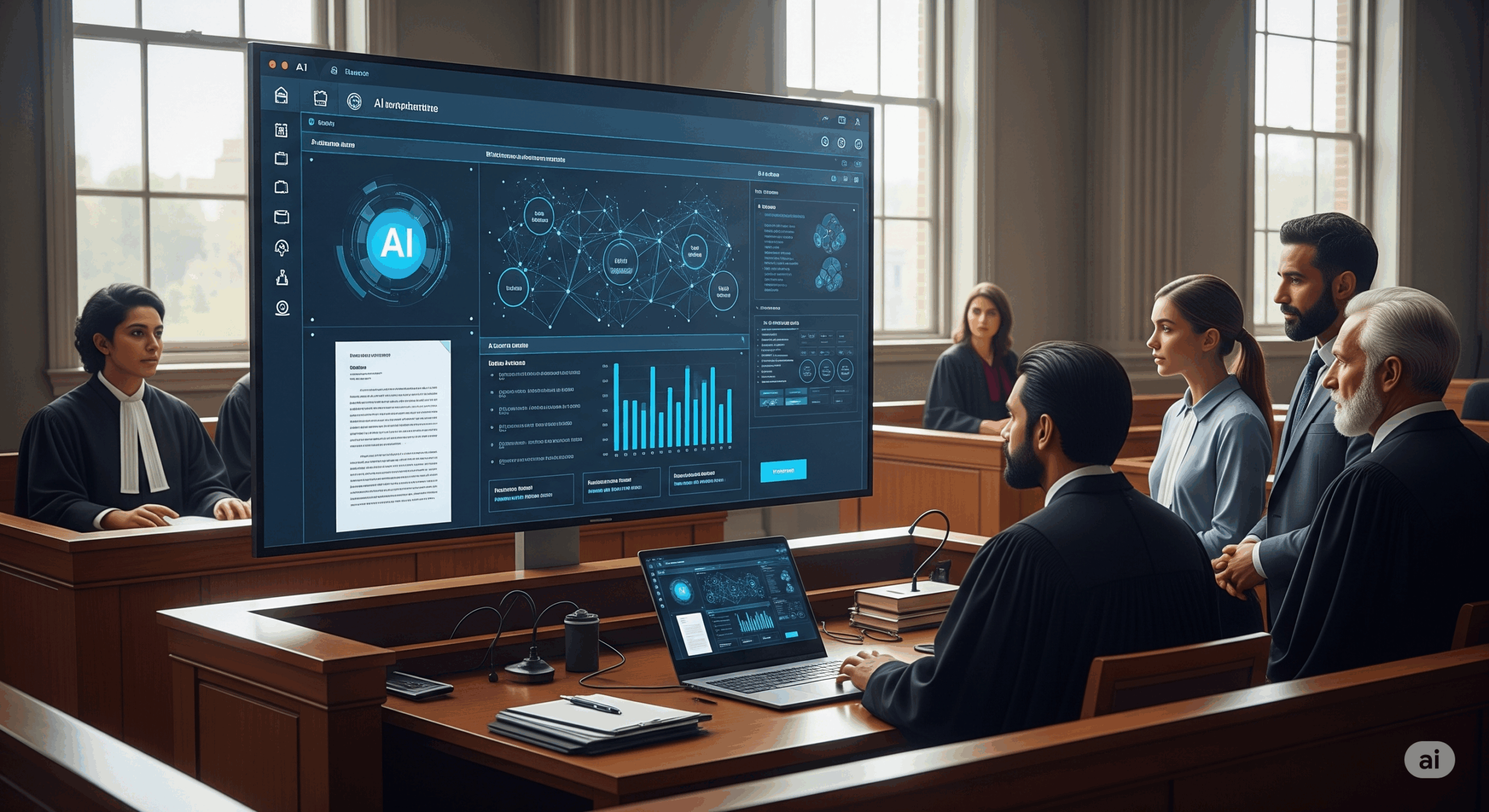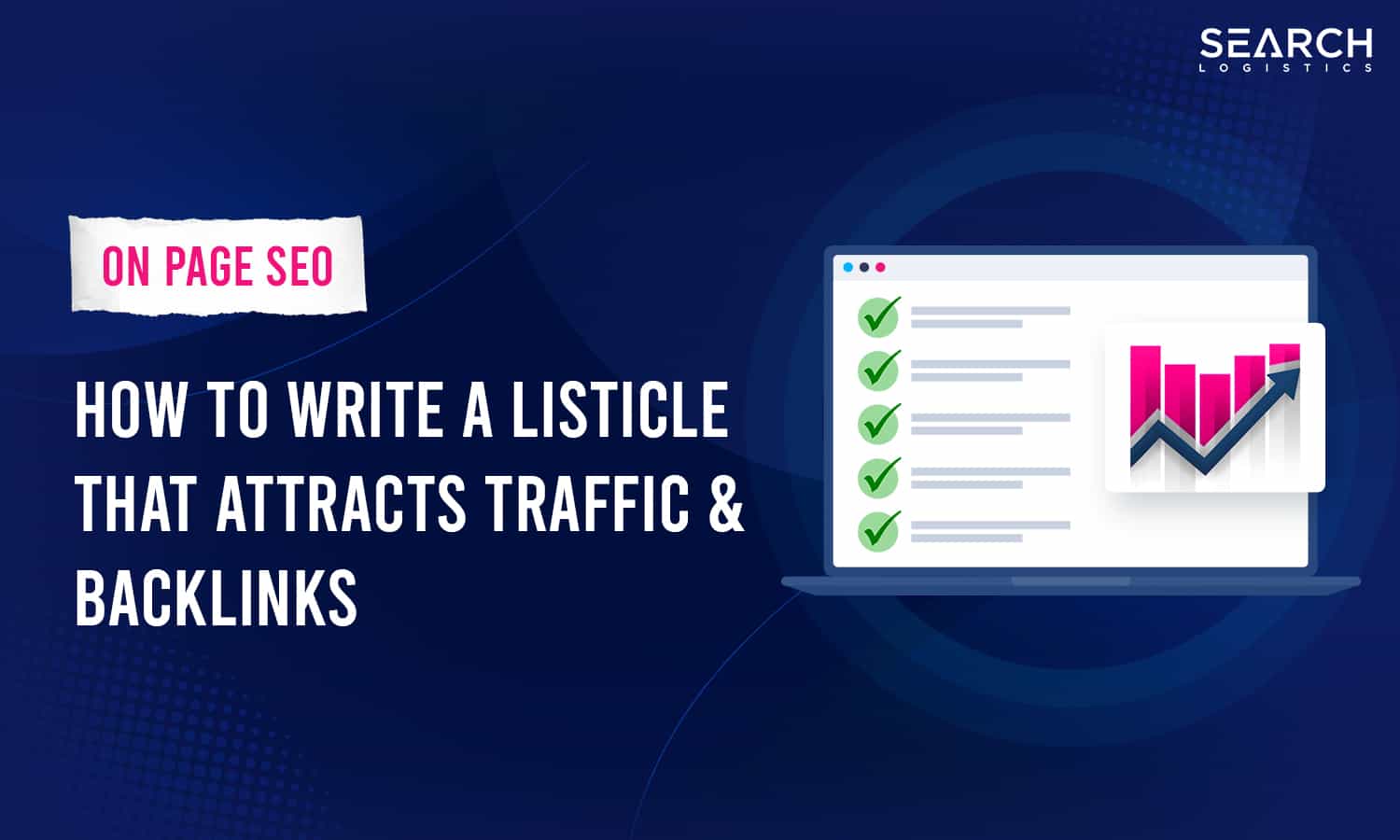Supreme Court Uses AI for Case Efficiency As Cases Pile Up
MediaNama Take: The Supreme Court’s adoption of AI tools, ranging from transcription and translation to case defect detection, shows a clear push toward efficiency in a system burdened with over 5.29 crore pending cases. While these tools aim to streamline processes, recent incidents like the Income Tax Appellate Tribunal (ITAT) citing fake ChatGPT-generated judgements highlight the risks of overreliance. Experts stress the need for human oversight and regulatory safeguards, especially as AI use expands into areas with serious implications for rights and liberties.
What’s the news
The Supreme Court of India is increasingly using Artificial Intelligence and Machine Learning (ML) tools to streamline judicial processes. These technologies are aiding in transcribing oral arguments during Constitution Bench hearings and translating judgements into 18 Indian languages.
The Supreme Court makes translated judgements available on the eSCR portal and publishes transcriptions on its official website.
In collaboration with IIT Madras and the National Informatics Centre (NIC), the Court is also testing AI tools to identify defects in case filings. A prototype is already in use by 200 Advocates-on-Record.
Another initiative, SUPACE (Supreme Court Portal Assistance in Court Efficiency), is still under development. It aims to assist judges by understanding case facts, identifying precedents, and enabling intelligent legal searches. Its rollout depends on the installation of adequate computing infrastructure.
The move towards AI comes at a time when India’s judicial system is dealing with an overwhelming backlog. As of July 2025, over 5.29 crore cases are pending in Indian courts, including over 4.65 crore in district courts, 63.30 lakh in High Courts, and nearly 86,742 in the Supreme Court. The adoption of AI is part of a broader push to reduce delays and make the justice system more efficient and accessible.
Ethical Risks at Play
However, the growing use of AI in legal workflows has raised red flags. In March this year, Justice B.R. Gavai warned against overreliance on generative AI tools like ChatGPT for legal research while speaking at the Kenyan Supreme Court in Nairobi. He highlighted the issue of AI hallucinations, where tools generate plausible but entirely false information.
His concerns were underscored by a recent controversy involving the Income Tax Appellate Tribunal (ITAT) in Bengaluru. An order issued by the tribunal cited four fabricated judgements, three supposedly from the Supreme Court and one from the Madras High Court. ChatGPT generated the fake case citations, as was later revealed.
Law Minister Arjun Ram Meghwal shared updates on the Supreme Court’s AI initiatives in a written reply to the Lok Sabha.
Expert Speaks: “It’s Almost Like a Crutch to Rely On”
Previously, MediaNama spoke to law and policy researcher Dona Mathew from Digital Futures Lab, who noted that the legal ecosystem’s increasing pressure to deliver faster outcomes is contributing to AI dependence: “It’s almost like a crutch to rely on. And the outcome of that is a lot of organisations also accept that employees or people within the organisation will be using generative AI,” she said.
While she doesn’t buy into the idea that AI will replace humans altogether, she emphasised the cost of over-reliance: “At what human cost does this all come? I’m not someone who buys into the hype of super intelligence, because at the end of the day it needs structures, infrastructure, and places to run on,” she elaborated.
Advertisements
Courts Under Pressure To Fill In Gaps?
Mathew acknowledged the court system is under immense pressure, which partly explains why generative AI is being used: “A judge has this pressure to deliver as many judgements as possible in a week. Lawyers are working with… having to settle as many cases as possible, taking as many clients as they can. That’s also part of the revenue stream. So, given that the system is already under a lot of pressure, things like ChatGPT would seem to fill in some gaps and help in legal research. But then there also needs to be human oversight,” she said.
Mathew also issued a clear warning about AI in criminal litigation: “For the legal sector, the bottom line is it’s very scary because right now we’re seeing its [AI’s] use cases play out in civil and commercial cases. But then it can also have impacts on criminal cases, on fundamental rights, on your freedom, liberty, freedom of expression, speech, and so on.”
She concluded that courts at all levels increasingly rely on AI tools in legal decision-making, making safeguards and regulations urgently necessary.
Global Usage of AI in Courts
Other countries are also experimenting with AI in the justice system. For example, Singapore has developed AI tools to help judges with sentencing in certain criminal cases, while Estonia has piloted an AI judge to settle small claims disputes where the algorithm reviews the case based on legal precedents and produces a decision. However, in both countries, human oversight remains essential, with Estonia allowing parties to appeal to a human judge. These tools are used to support decision-making, not replace judges.
As India navigates its own AI journey in the judiciary, these global examples highlight a crucial balance: innovation must go hand-in-hand with accountability. The challenge ahead lies in adopting AI responsibly, enhancing efficiency without compromising the principles of justice.
Also Read:
Support our journalism:














Post Comment